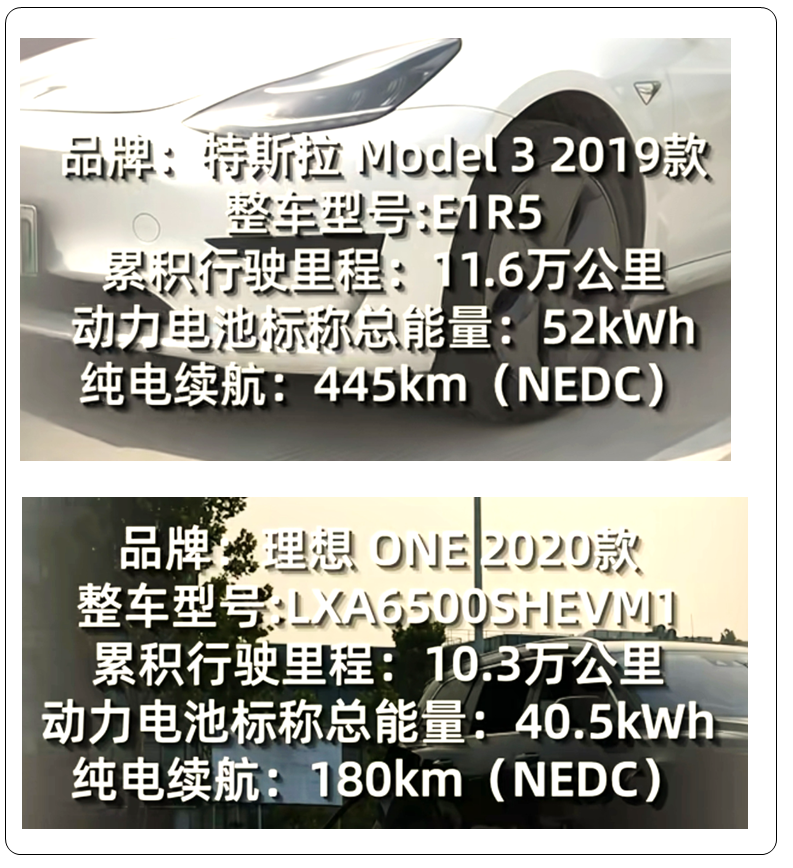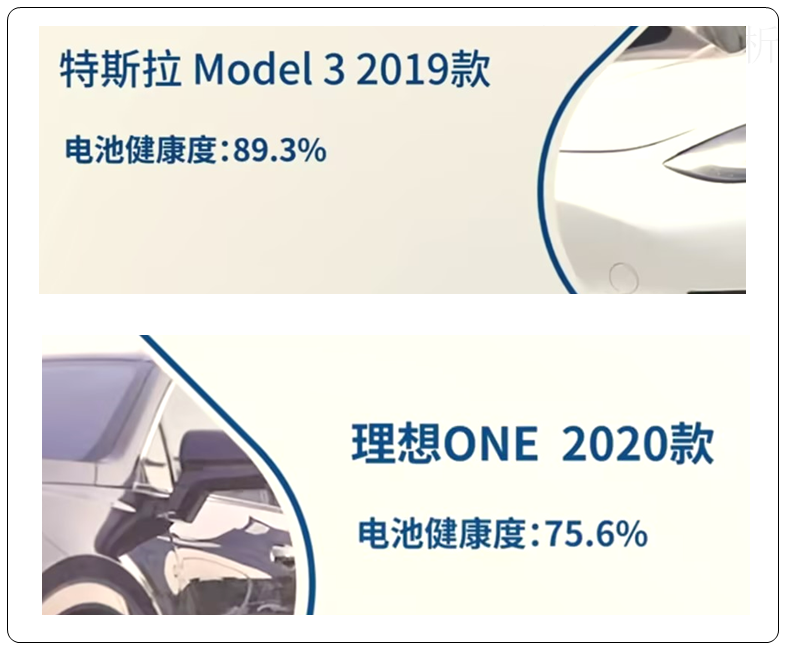


The Tesla Model 3, introduced in 2019, has demonstrated a battery retention rate of approximately 89.3% after three years of use. In contrast, the Li Auto ONE, which debuted in 2020, shows only a 75.6% retention rate after just two years of operation. The consequences of this disparity are significant for consumer confidence in product longevity and resale value. Battery degradation is influenced by various factors, including battery chemistry, thermal management, charge cycles, and environmental conditions. Generally, lithium-ion batteries experience a decline in capacity due to processes like lithium plating and electrolyte degradation, which can be accelerated by high temperatures and excessive charging. The lithium iron phosphate (LiFePO4) batteries used in Li Auto’s products provide reliable thermal stability and safety. However, Tesla’s battery technology primarily utilizes nickel-cobalt-aluminum (NCA) and nickel-manganese-cobalt (NMC) chemistries, which have been optimized over time to offer better energy density and longevity. Usage patterns also significantly affect battery health. The deeper the depth of discharge (DoD) on a battery during charge cycles, the more stress accumulated over time, leading to higher degradation rates. While both Li Auto and Tesla recommend optimal charging habits, patterns of use may vary among consumers, potentially exacerbating degradation in working conditions not typically accounted for in standard testing protocols. Understanding battery performance is crucial for consumers considering EV ownership. Tesla’s longer retention rate can translate to increased resale value and consumer trust. Meanwhile, Li Auto may need to address these concerns as they expand their market presence. Future advancements in battery technology, such as solid-state batteries or improved thermal management systems, could yield better long-term performance for Li Auto. In conclusion, while Li Auto offers competitive features in its ONE model, the observed faster battery degradation when compared to Tesla’s Model 3 raises valid concerns among potential consumers. As the EV market evolves, manufacturers will need to adapt to consumer expectations regarding battery longevity, pushing for continual improvement in battery technology and design.Battery Performance Overview
Understanding Battery Degradation
Comparing Battery Technologies
Usage Patterns Affecting Degradation
Consumer Insights and Future Implications
Conclusion






